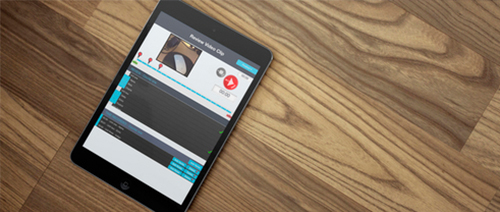

The night itself can be scaled up and down, and shifted (if you need to observe during the day…). Of course, airmass curves can be compared and the date of the observing night can be slided up to easily match future observing runs. Once entered, its coordinates are automatically resolved and iObserve provides the trackable airmass curve, the closest (currently Landolt, UKIRT & UVESPOP) standard stars, aliases with ViziR links, the latest 100 ADS references, a way to easily change coordinates to celestial or galactic, for whatever epoch and units, and many other little niceties. IObserve ($12, Free Demo) is an app that I have developed to let you prepare your observations bringing a wealth of useful information by simply entering the name of an object. Having left research, I am now a professional Mac and iOS developer in a small start-up during the day, and an indie one during my evenings. Like many software, iObserve is the app I would have loved to have years ago, when I was a support astronomer in La Silla Observatory, in Chile. After more than a year of development, starting almost from scratch, iObserve is now a stable and complete app aimed at planning and performing professional astronomical observations.
IOBSERVE WINDOWS DRIVER
I'm using this same "colored virtual bank" approach with other controllers that have pads - such as the Novation Launchpad X - and I observe no such issue with those - from those same two Windows 11 machines.Īfter digging into various forums about MIDI controller firmware and drivers, it seems that the F1 may have a firmware or driver issue in terms of inbound MIDI messages/feedback, at least when using it on windows.This is a guest post by Cédric Foellmi, the developer of a Mac App called iObserve.
IOBSERVE WINDOWS UPDATE
The 2nd wave always seems to update the pads that refused to update during the 1st wave. My workaround: send the color-related MIDI messages twice, spaced apart by a fraction of a second.
IOBSERVE WINDOWS DRIVERS
I reinstalled the drivers and triple-checked that I'm running the latest firmware.ĪND: I see no issue at all with the F1 when the messages are coming from an *Intel Mac*.
IOBSERVE WINDOWS SOFTWARE
I observe this from two different Intel-based Windows 11 machines (1 desktop, 1 gaming laptop), both using the latest F1 drivers and with no other MIDI-aware software running. I confirmed this using different MIDI-capable software (Chataigne) and noticed the same limitation on my F1. It doesn't matter which pad, it's just how many pads I'm trying to change at once.

I can trim some pads from the MIDI-out logic in Madmapper but I always get a max of 11 pads that can actually update at once. When sending 16 MIDI-out messages simultaneously, to CC numbers 10-25 (on channel 13), only 11 of the pads actually respond to the color values. I configured the pads to respond to MIDI-in messages in "indexed" mode. And I'm using the numeric LCD display to tell me which virtual bank is actually active.īut here is where the problems arose: I tried to also change the color of all 16 pads to match the virtual bank (using arbitrary color schemes that different from bank to bank), to give me more of a visual cue that the pads are doing something different. This lets me get *way* more pads (2032!) than the F1's built-in shift mode allows. I'm using my F1 with Madmapper (projection mapping + VJing), and am using the encoder knob to switch between different virtual pages - mapped to a ton of different cue banks within Madmapper. The Kontrol F1 controller (in MIDI mode) is unable to process more than 11 incoming MIDI messages at the same time, when those incoming messages are controlling pad LED colors from a Windows 11 host machine.

After spending the weekend investigating this, I am convinced of the following:


 0 kommentar(er)
0 kommentar(er)
